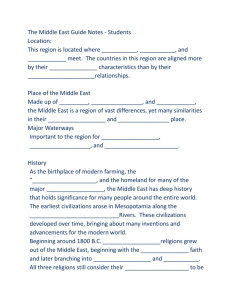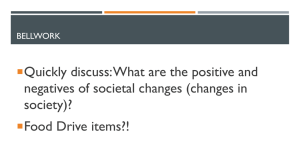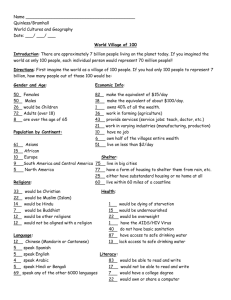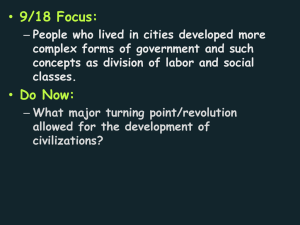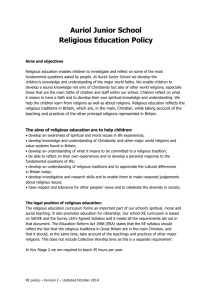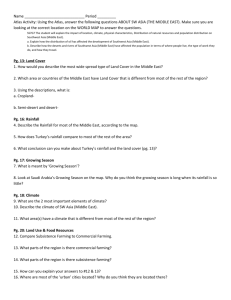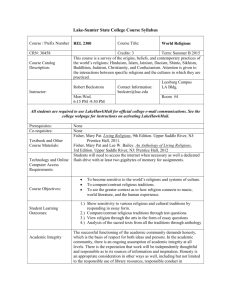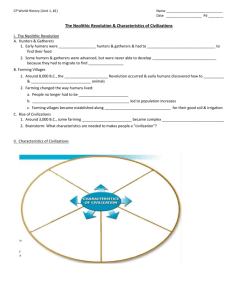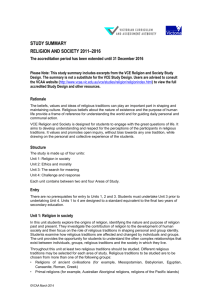Middle East Geography Notes (completed)
advertisement
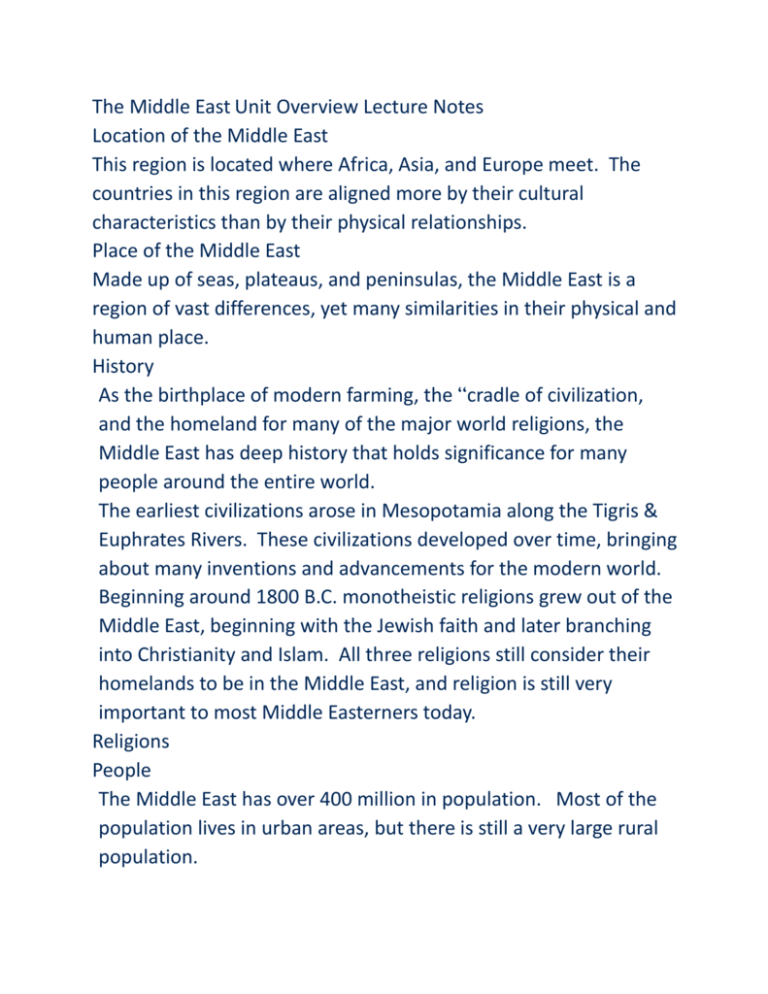
The Middle East Unit Overview Lecture Notes Location of the Middle East This region is located where Africa, Asia, and Europe meet. The countries in this region are aligned more by their cultural characteristics than by their physical relationships. Place of the Middle East Made up of seas, plateaus, and peninsulas, the Middle East is a region of vast differences, yet many similarities in their physical and human place. History As the birthplace of modern farming, the “cradle of civilization, and the homeland for many of the major world religions, the Middle East has deep history that holds significance for many people around the entire world. The earliest civilizations arose in Mesopotamia along the Tigris & Euphrates Rivers. These civilizations developed over time, bringing about many inventions and advancements for the modern world. Beginning around 1800 B.C. monotheistic religions grew out of the Middle East, beginning with the Jewish faith and later branching into Christianity and Islam. All three religions still consider their homelands to be in the Middle East, and religion is still very important to most Middle Easterners today. Religions People The Middle East has over 400 million in population. Most of the population lives in urban areas, but there is still a very large rural population. Living in this area can be very challenging. Many of the urban areas have very high costs of living due to their control by the wealthy oil industry, yet the rural areas suffer from a shortage of water due to the vast desert lands. The entire area is very productive in farming, industry, trade, and tourism, yet the oil in the region is the primary money-maker for many of the Middle Eastern countries. Human-Environment Interaction in the Middle East The Middle East is an area known throughout the world for its rich oil reserves. How they utilize this resource is important for their current and future success as a region. Positive or Negative? Oil in the Middle East Oil reserves in the background of the desert in Saudi Arabia. Despite the wealth gained from the rich resource, it also has displaced animals from their habitats. Positive of Negative? Oil in the Middle East Oil spills in the region are more common as the industries push to expand their oil shipment and production to countries around the world. Positive or Negative? Urban Growth Cities like Dubai, UAE have popped up in recent years due to the increase in jobs and the movement of populations in search of those new opportunities. Positive or Negative? New Energy Sources Some more wealthy countries have started to look to the future for cleaner, more efficient forms of energy. Positive or Negative? Commercial Herding & Farming Throughout the rural areas of the Middle East, farmers use intelligent strategies to bring in water supplies for commercial herding and farming. Some nomadic herders still travel the land to supply food for their animals. Movement in the Middle East People, goods, and ideas are constantly moving around the Middle East. With continued growth and development, the region continues to see change for its land and people. Traditional Movement Caravans Nomadic Herding Modern Movement High Speed Trains Modern Traffic Growing Trends The Middle East has the technology opportunities seen around the world, but some countries are resistant to the influx of the media age. Region of the Middle East Most of this region share in a number of cultural traits, including their history, religious beliefs, and traditions. They also share in the struggles associated with living in a region filled with geographic challenges. Physical Region The region of the Middle East has many shared physical characteristics from the vast deserts to the many beautiful seas, but the most significant is the oil reserves that provide wealth from around the world. Human Region While the people of the Middle East share many characteristics, most of their human traits stem from their shared belief of Islam. With the shared history, traditions, political positions, and lifestyle practices dictated by the religion, its influence is seen everywhere. Concerns for The Middle East This region of the world has struggled with modernization as many see it as a threat to their power, their religious practices and beliefs, or their traditions. Political Conflict & Violence erupt in the region on a regular basis as different groups attempt to take or keep power. Violent eruptions take place throughout the region due to differences in political and religious beliefs. Civil Rights and the modernization of Religious Law bring controversy to the region as some push for change while others want to maintain tradition. Due to the restrictions on women in Islamic law, many women are now fighting for simple freedoms others around the world have had for generations. A Final Note While the region of the Middle East is often seen as one with rich resources and great wealth, that is not completely true. The wealth in the region is NOT distributed evenly, and many suffer from a lack of freedom, privilege, and prosperity as in other parts of the world.
